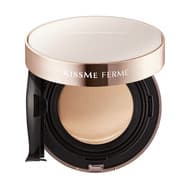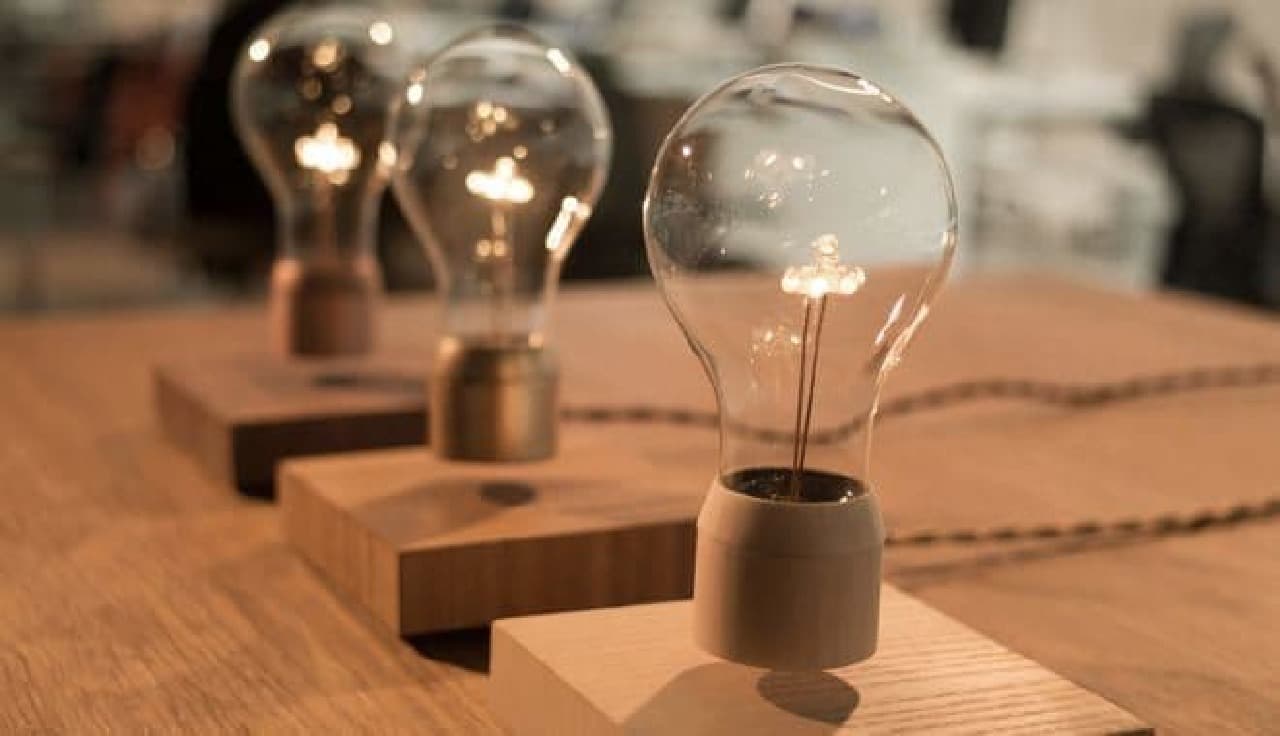
Areas that used to require cables until a while ago, such as charging smartphones, connecting to the Internet, and connecting audio players to speakers, are becoming "wireless" one after another. However, the power supply to the light bulb is still a wired connection using a "socket" and a "base". It seems that this mechanism has hardly changed for more than 100 years since the invention of the light bulb. Even if the system that emits light bulbs evolves into LEDs, the power supply method has stopped evolving.
Simon Morris, who lives in Stockholm, Sweden, wanted to evolve this. After studying science and art, Morris developed the "Flyte" light bulb that floats in the air.

Flyte is a lamp that floats in the air by the magnetic force of a magnet built into the bottom of a light bulb and a wooden base. As it is floating, there is no cable between the bulb and the stand. Power supply to light bulbs is realized by wireless power supply, which is also used for charging smartphones. Since the power supply method conforms to international standards, it is possible to charge smartphones.


At the moment, the amount of light in Flyte is low. It seems that the side as the interior of the room is stronger than the actual product. But looking at Flyte seems to give birth to new ideas. If you install it in a conference room, you will come up with interesting ideas. The distance between the light bulb and the pedestal is only about 3 centimeters, but that small distance is the result of abandoning the 100-year-old stereotype that "light bulbs are screwed into sockets."

The bulbs used in Flyte are dedicated and cannot be replaced. However, because it uses LEDs, its lifespan is about 50,000 hours. Even if it lights up for 6 hours a day, it can be used for 22 years.

Flyte is currently accepting pre-orders on its dedicated website. The price is $ 299 and an additional $ 30 shipping to Japan is required. Shipping is scheduled for October 2015.
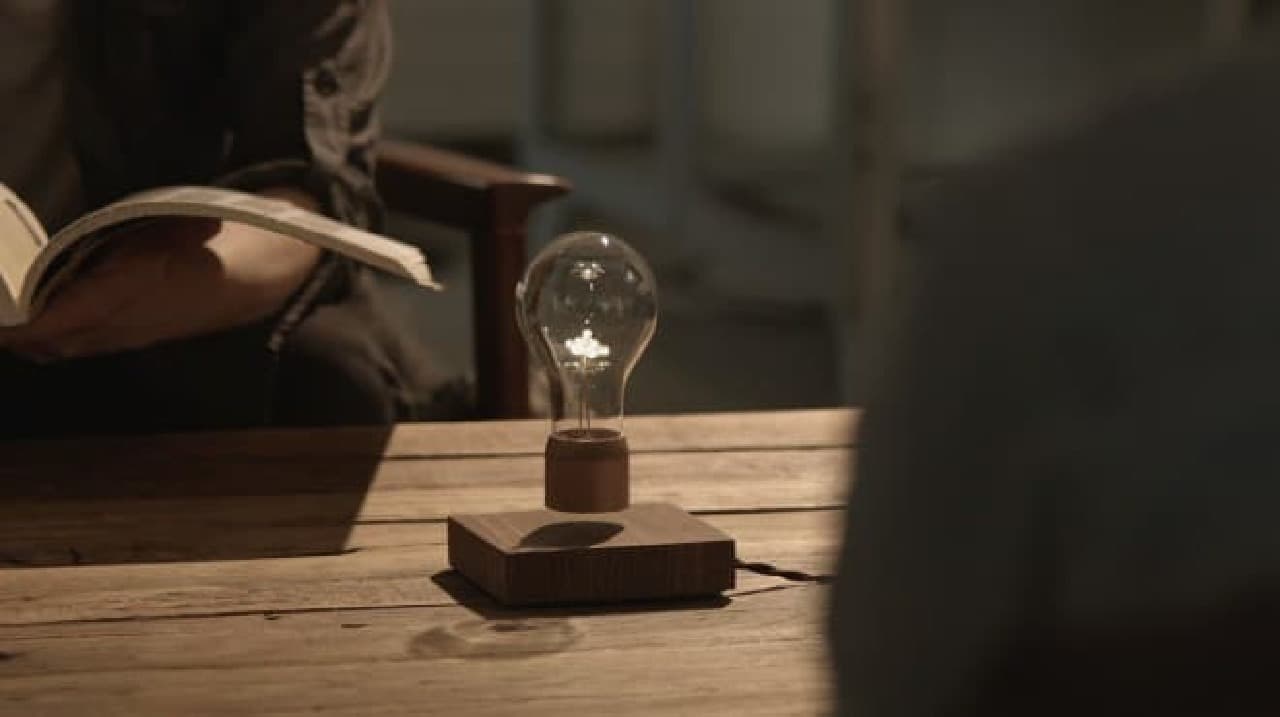
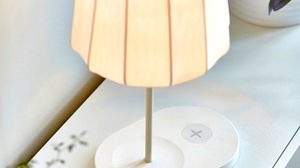


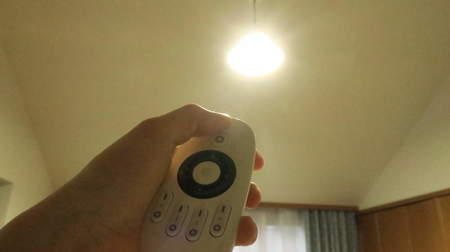

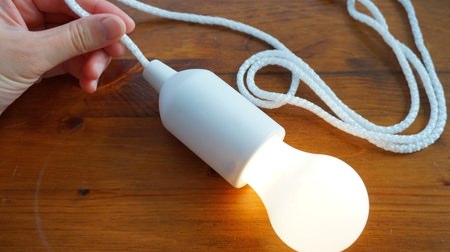



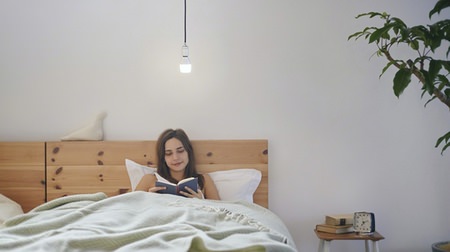
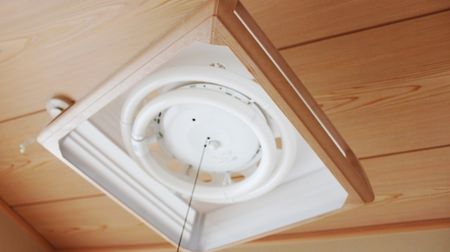
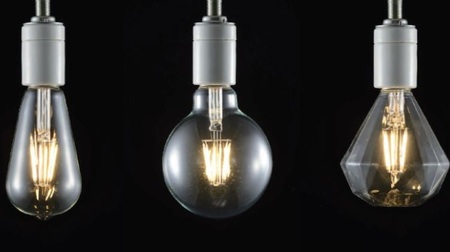
![New petit-price cosmetics] Sezanne "Beige Tone Eyeshadow", "Bitter Tone Eyeshadow", "Durable Curl Mascara", "Ultra Fine Eyebrow Mascara" new colors](https://image.enuchi.jp/upload/articles/14090/cf25839abfcebcb2975f4d16d938f14d_related.jpg)


